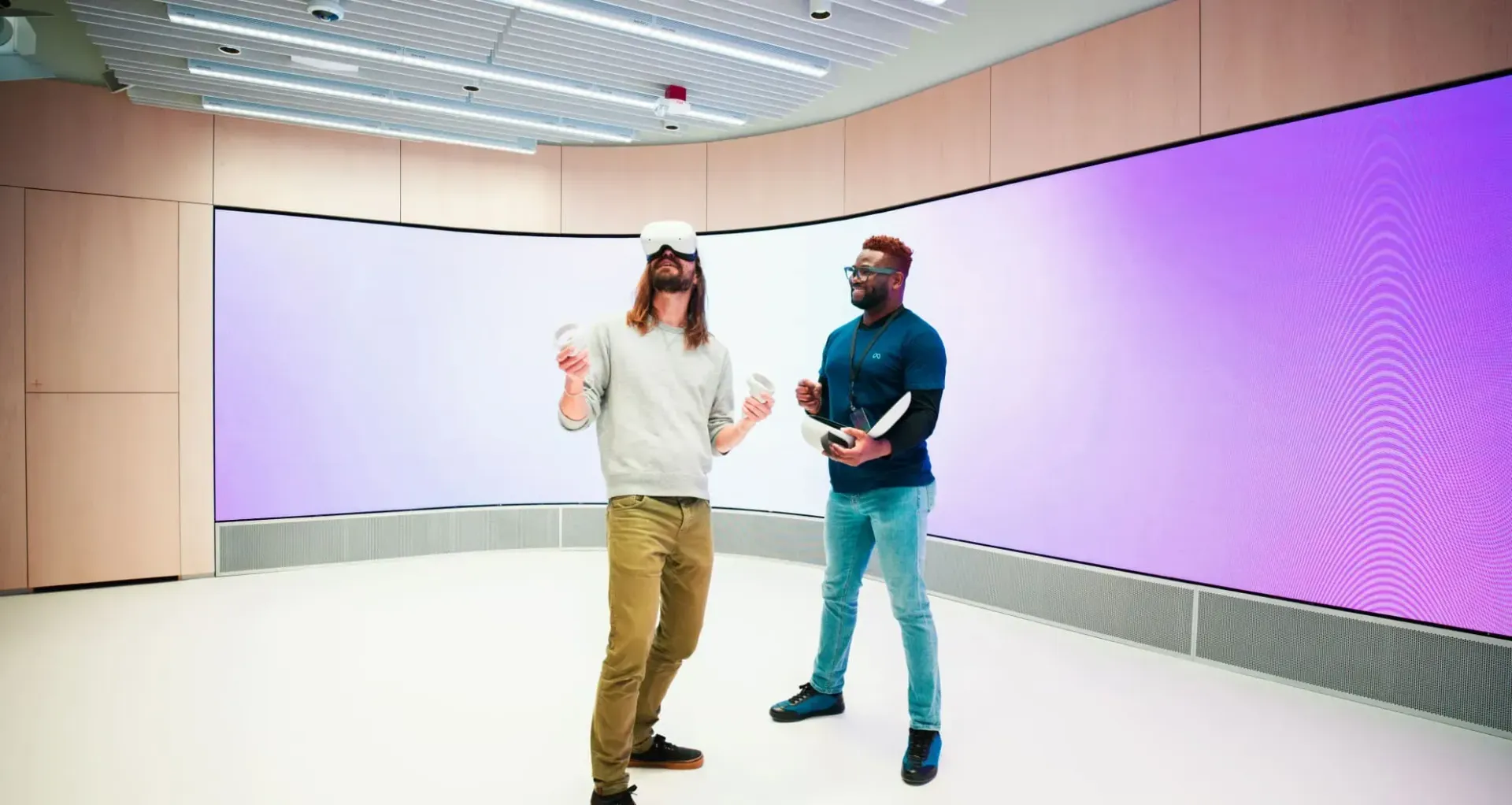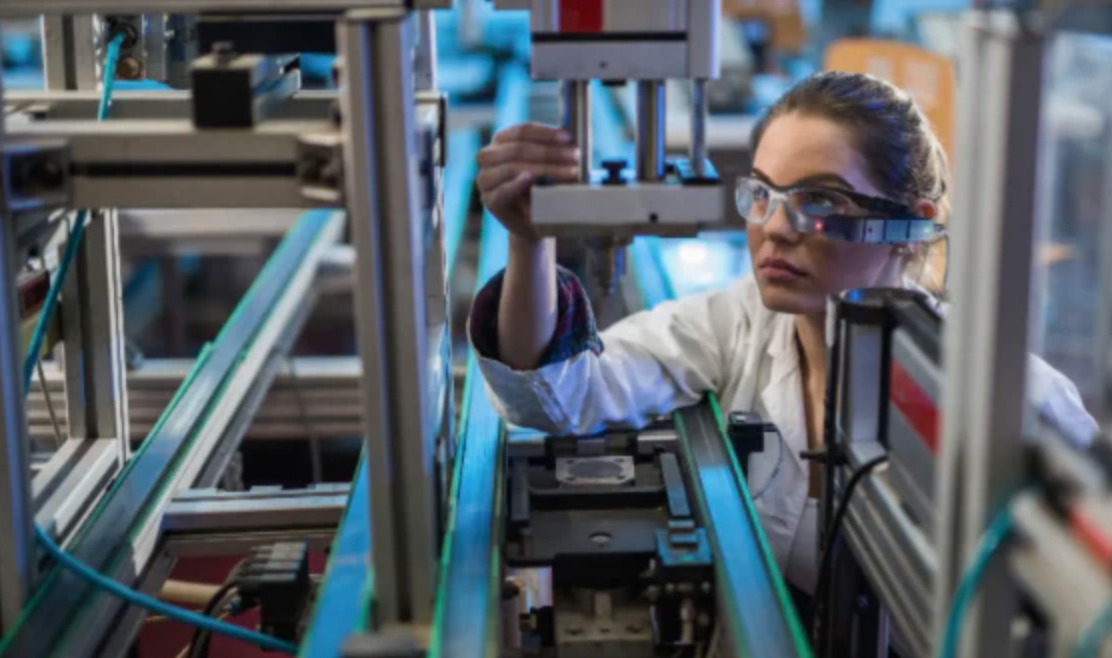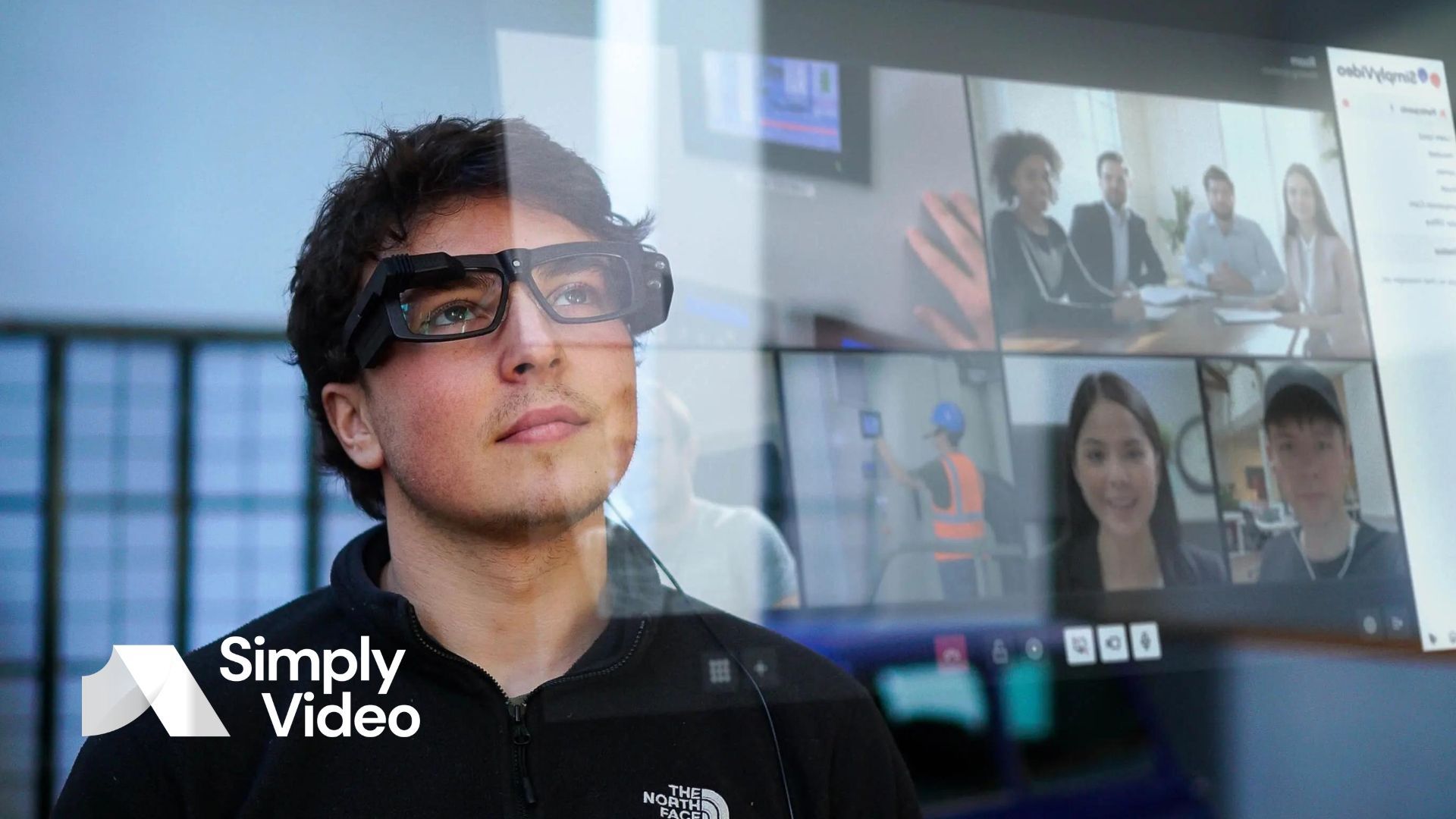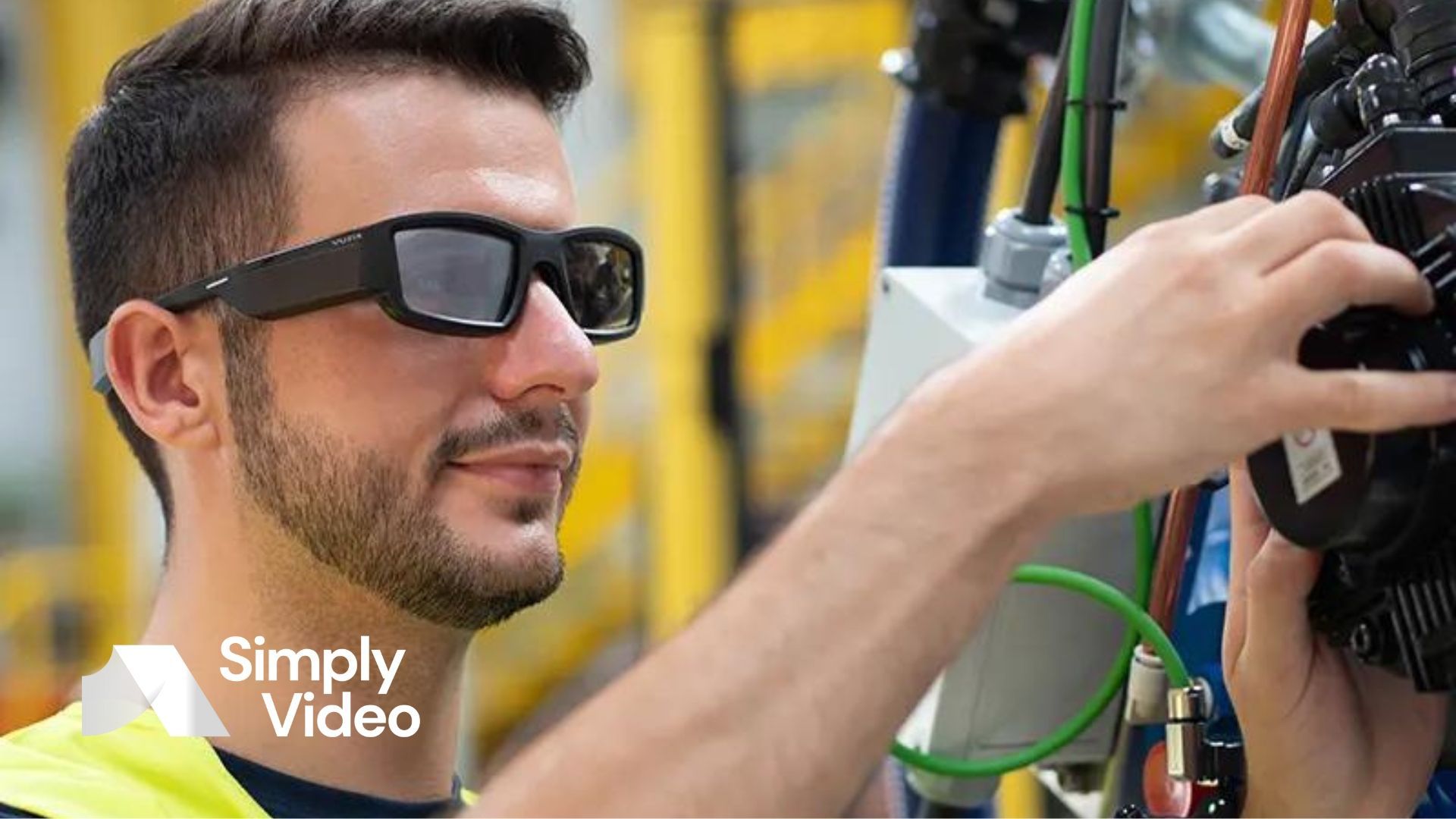Why you should invite drones to video meetings
Drones aren't just mindless robots. With some clever software, they can become productive, collaborative members of your team. Learn how in our guide.
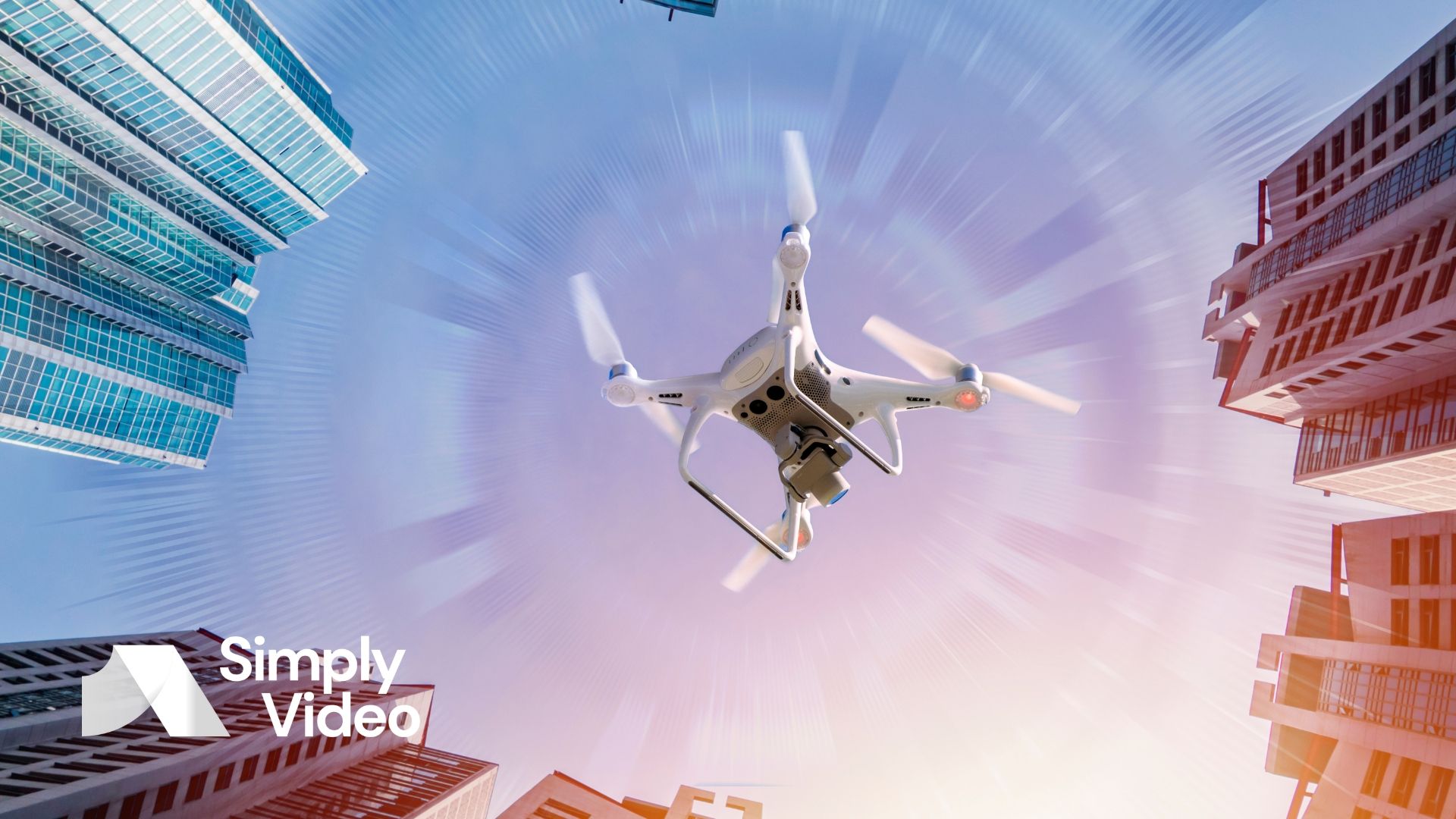
Yes, you read the title right. In this article, we're going to talk about inviting drones to video meetings.
If your knee-jerk response was to ask, "do you mean
me
on a Monday morning?" Then – yes. We feel you. Before that first cup of coffee, we feel a little drone-like too.
But we're talking about the
other
kind of drone. The kind with propellors, cameras and remote controls. The kind that fly, not yearn for bed.
Drones are selfish
In the last 20 years or so, drones have taken off (chuckle) in a big way. They've gone from niche pieces of hardware to affordable consumer products, used by industries and enthusiasts alike.
Depending on your sector, you might even use drones already. Construction companies use them to map topographies and monitor project progress. Broadcasters use them to capture aerial footage, replacing the expensive, noisy helicopters they'd relied on for decades. And retailers like Amazon are pioneering the use of drones for product delivery, helping to revolutionise "last-mile" shipping and take the strain off our overburdened roads (and delivery drivers).
But drones have limitations. They're not, by their nature, collaborative.
Sure, you can record drone footage and review it later. You can, say, send a worker to fly a drone over a future construction site then FedEx the SD card over to HQ, where the planning committee can watch the aerial tour for themselves.
However, this is hardly the height of spontaneity. Viewing footage after the fact means there's no room for real-time, collaborative contributions. You can't say, "zoom in on that hill over there" when you're watching an MPEG.
At best, this is a little bit frustrating. At worst, it can be costly and cause unnecessary delays. You might have
really
needed to look at that hill – and there's not much you can do except send someone back to capture more footage.
You're stressing out because you have to go back to the drawing board. Fred's annoyed because he has to go back to site. Jeez, drones are selfish aren't they?
Thankfully, there's a neat bit of software that can turn drones into productive – and
collaborative
– members of your team.
How SimplyVideo can help
SimplyVideo is a video conferencing platform that lets users communicate and collaborate from almost anywhere in the world.
The keyword is "collaborate". You can use SimplyVideo like any other video app, but no other video app empowers teams to share ideas quite like SimplyVideo.
How? For one, it has a raft of features that are tailor-made for collaborative use cases. These include in-call annotation, which lets users capture and annotate screen grabs, and digital document delivery, which allows field workers to access work instructions directly from the frontline.
And here's where things get really special. SimplyVideo brings these tools to the places (and people) they're most needed. Not only does it support typical mobile and desktop devices, but it also integrates with wearable extended reality (XR) devices and – yes – drones.
Using SimplyVideo, a drone operator can dial into a video meeting and share – in real time – what the drone "sees".
This means capturing drone footage is no longer a two- or three-step process. Collaborators can watch the flight as it happens, discuss it as they see it and deliver mission-critical instructions back to the operator.
Just like that, drone flights become more useful, more productive and more cost-effective. No longer are drones disconnected robots. They become model colleagues – responsive, obedient, talented and
collaborative.
Bonus: unlike human staff, there's no risk of them stealing your lunch from the office fridge.
Use cases for drones and SimplyVideo
Now we've seen how it works, let's explore how SimplyVideo's drone integration can be put to use in the field.
1. Maintenance inspections
One of the main advantages of using drones in video meetings is the ability to capture unique perspectives that would otherwise be difficult – or unsafe – to obtain.
Drones equipped with cameras can be used to inspect hard-to-reach areas, such as the tops of buildings or tall pieces of equipment. Using SimplyVideo, your maintenance team can watch and direct this footage in real-time, ensuring every pertinent detail is given the attention it deserves.
With just one flight, issues can be identified, targets can be ticked and decisions can be made. And nobody has to be put at risk to make it happen.
2. Site surveys
We've touched on this one above, so we'll cover it quickly.
You're managing a construction project. Before any real plans are drawn up, you need to get the lay of the land – literally.
The problem is that you need reams of information. You need to know topography, soil types, the locations of any obstacles and countless more data points.
Drones can't gather all types of data, but they can gather lots of it. And by making the data collection process collaborative, you can gather more in less time.
3. Fly-through site tours
This one's less about efficiency and more about spectacle. But, hey… what's wrong with a little pomp and ceremony?
Say you're nearing the completion of a grand construction project. Your clients are dying to see the results, but they live and work in different parts of the world.
No problem. Fire up a drone and give them a fly-through tour. Their "oohs" and "aahs" will mean so much more when they know it's happening in real-time.
And best of all, nobody has to pay for a plane ticket. Win-win.
4. Search-and-rescue
Drones don't just save time and money. They can potentially save lives too.
Let's picture a scenario where someone is lost in difficult terrain. They could be injured, so time is of the essence.
The traditional solution would be to get a helicopter on the case. But that requires having a flight-trained team on standby, ready to take to the skies at a moment's notice.
Using a SimplyVideo-equipped drone, however, all you need is to get somebody on the ground close to where the person was last sighted. The drone operator can safely search the area, and – using a mobile internet connection – stream the footage to coordinators back at base.
Or, instead of search-and-rescue, how about "search-and-seize"? Police departments already use drones to locate and detain prisoners on the run. Imagine how much more effective it could be if an entire team of cops could watch the stream and coordinate their actions in real-time.
Ne'er-do-wells, you don't stand a chance.
Ready to explore the potential of our video collaboration platform?
Sign up for a free trial of SimplyVideo today.
